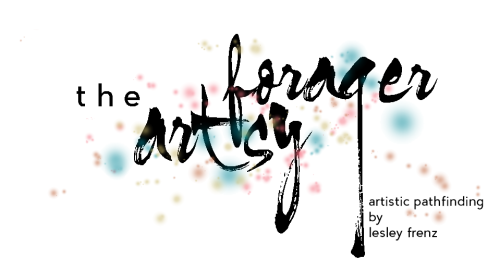Hello Artsies!!! After being out of the blogosphere for the past three weeks or so, I am finally back behind the computer, as it were and it feels great. I have so much to share that I hardly know where to begin.. As many of you know, my hubby George and I recently moved from Florida to Washington. We were incredibly blessed to be able to make a vacation out of our cross-country trek, with stops to see friends, new places and old favorites along the way.
Our first stop ( OK, first fun stop.. we spent the first night in a motel outside Little Rock, AR, not super exciting ) was Tulsa, Oklahoma. George lived in Tulsa for several years and we hadn’t been back since we got married, so decided to take a couple of days to introduce me around to Tulsa friends and places. It just so happened that the friends we were staying with in Tulsa had a friend who owned a gallery, Exhibit by Abersons at Center 1 Tulsa. Said friend of friends happened to be having an opening the night of our arrival in Tulsa, so even though there was a whole gang of people expected for dinner, we popped over to the gallery to have a peeksy.
 The exhibit, which opened on May 19th was curated by Master Printer Bill Goldston of Universal Limited Art Editions and follows the progression of Rauschenberg’s print work through the years. Like any good Art History Major, I recognized Rauschenberg’s work and his importance as a painter & print maker, but beyond that, I admit I didn’t know much. Rauschenberg came to the forefront toward the end of the Abstract Expressionist movement and toward the beginning of the Pop Art movement. The prints included in the exhibition lean more toward the Pop end of the spectrum, showing examples of his collaging of photographic images through silk-screen processing showcasing pop culture imagery of the 1950s and 60s, such as Guardian ( 1968 ).
The exhibit, which opened on May 19th was curated by Master Printer Bill Goldston of Universal Limited Art Editions and follows the progression of Rauschenberg’s print work through the years. Like any good Art History Major, I recognized Rauschenberg’s work and his importance as a painter & print maker, but beyond that, I admit I didn’t know much. Rauschenberg came to the forefront toward the end of the Abstract Expressionist movement and toward the beginning of the Pop Art movement. The prints included in the exhibition lean more toward the Pop end of the spectrum, showing examples of his collaging of photographic images through silk-screen processing showcasing pop culture imagery of the 1950s and 60s, such as Guardian ( 1968 ).
Guardian is compromised of transfer images from Life Magazine, the transfers being done by brushing the images with solvent, placing them on the lithograph stone, then passing the stone through the printing press. These are works that demand a closer look, there is so much going on, even little details are significant. George enjoyed scrutinizing the work ( see photo below! ), which are so accessible that they seem just as relevant today as they must have 50 years ago.
The work George is pondering is Bazaar, an intagilio print and lithograph on paper created in 1984. Other highlights for me included, Aquafix ( below ), a haunting image created by Rauschenberg in 1981. As the years progressed, his work evolved into cleaner, more simplified compositions as exemplified in Aquafix and Lotus VII, both favorites of mine from the exhibit.
Lotus VII ( above ) is part of Rauschenberg’s final series of prints, completed only a month prior to his death. The Lotus images were created for an exhibition of Rauschenberg’s work in Beijing and are compilations of photographs taken by the artist on two trips to China. The photographs were transferred to panels, then an intagilio process, photogravure, was used to tie the images together visually. The results are stunning images, which surely pleased Rauschenberg as his final legacy.
If you are in the Tulsa area, be sure to check out the show at Exhibit by Abersons. If you can’t get to Tulsa, Rauschenberg’s work can be found in many major museum collections with images, biography and other info available online, check out the websites of MOMA, The Tate, the Guggenheim and many more.











